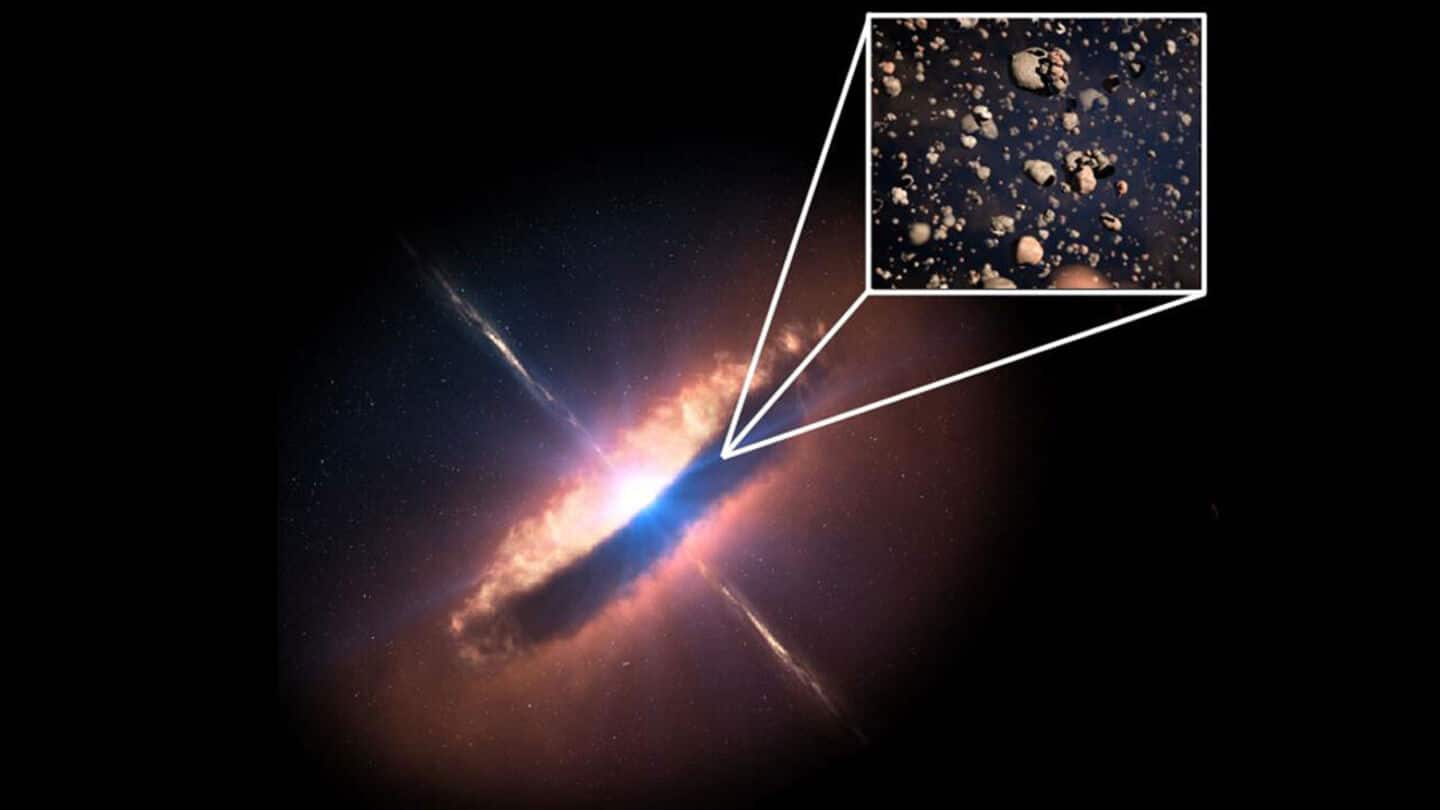
This is how solar systems are formed
What's the story
Astronomers have gained new insights into the formation of solar systems, like our own, through the detection of planet-forming "pebbles" around two young stars. These pebbles are considered the building blocks of new worlds and are believed to gradually come together over time, much like how Jupiter was formed 4.5 billion years ago. To note, the protoplanetary disks extend till Neptune-like orbits around the young stars DG Tau and HL Tau, both located some 450 light-years away from Earth.
Discovery
What did the research reveal?
The new findings were presented at the Royal Astronomical Society's National Astronomy Meeting (NAM 2025) in Durham. "These observations show that disks like DG Tau and HL Tau already contain large reservoirs of planet-forming pebbles out to at least Neptune-like orbits," said Dr. Katie Hesterly from the SKA Observatory. She added, "This is potentially enough to build planetary systems larger than our own solar system."
Research initiative
Research is part of the PEBBLeS project
The new research is part of the PEBBLeS project (Planet Earth Building-Blocks—a Legacy eMERLIN Survey), led by Professor Jane Greaves from Cardiff University. The survey employs e-MERLIN, an array of seven radio telescopes across the UK, to image rocky belts around stars and look for clues about how often and where planets form around future suns like our own.
Technological advantage
The e-MERLIN can help study protoplanetary disks
The e-MERLIN is currently the only radio telescope capable of studying protoplanetary disks at the required resolution and sensitivity. "Through these observations, we're now able to investigate where solid material gathers in these disks, providing insight into one of the earliest stages of planet formation," said Professor Greaves. Since the 1990s, astronomers have discovered both gas and dust disks as well as over 5,000 fully-formed planets, but detecting intermediate stages of formation has been challenging.
Detection process
How do you detect pebbles?
Dr. Anita Richards from the Jodrell Bank Center for Astrophysics at the University of Manchester, who has also been involved in this research, explained how pebbles are detected. She said that "enough grains to make Jupiter could be spread over roughly the same area as the entire orbit of Jupiter," making them easy to detect with optical and infrared telescopes or ALMA submillimeter radio interferometer. However, as these grains clump together to form planets, their surface area gets smaller and harder to see.
Research results
What will SKA telescope uncover?
In a new e-MERLIN picture of DG Tau's disk, centimeter-sized pebbles have already been formed out to Neptune-like orbits. A similar collection of planetary seeds has also been found encircling HL Tau. Such discoveries offer an early glimpse of what the Square Kilometer Array (SKA) telescope in South Africa and Australia will uncover in the coming years with its improved sensitivity and scale. This will pave the way to study protoplanetary disks across the galaxy in unprecedented detail.